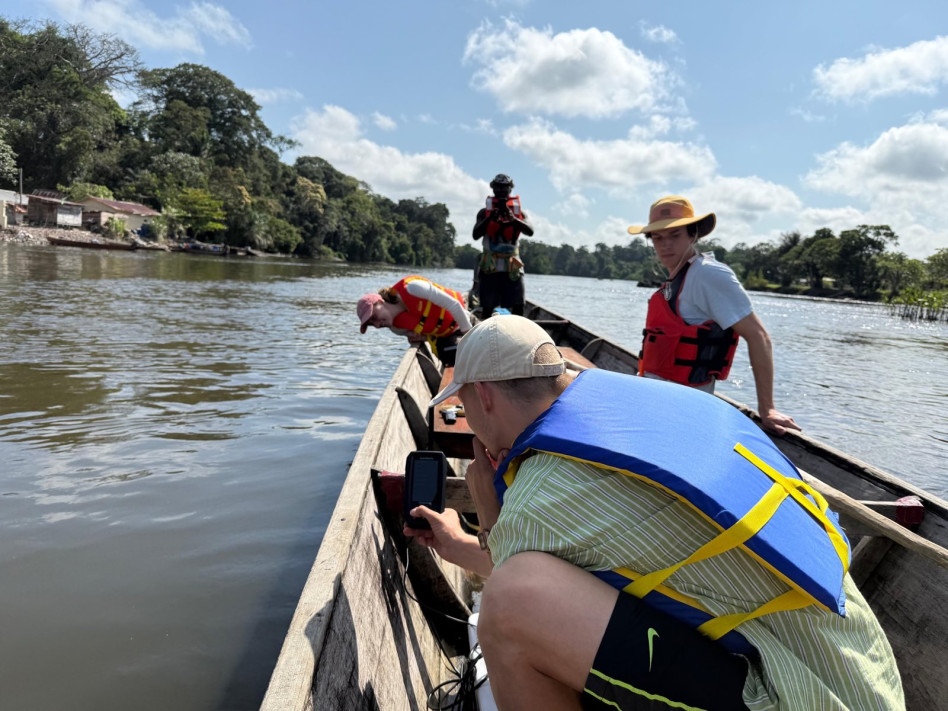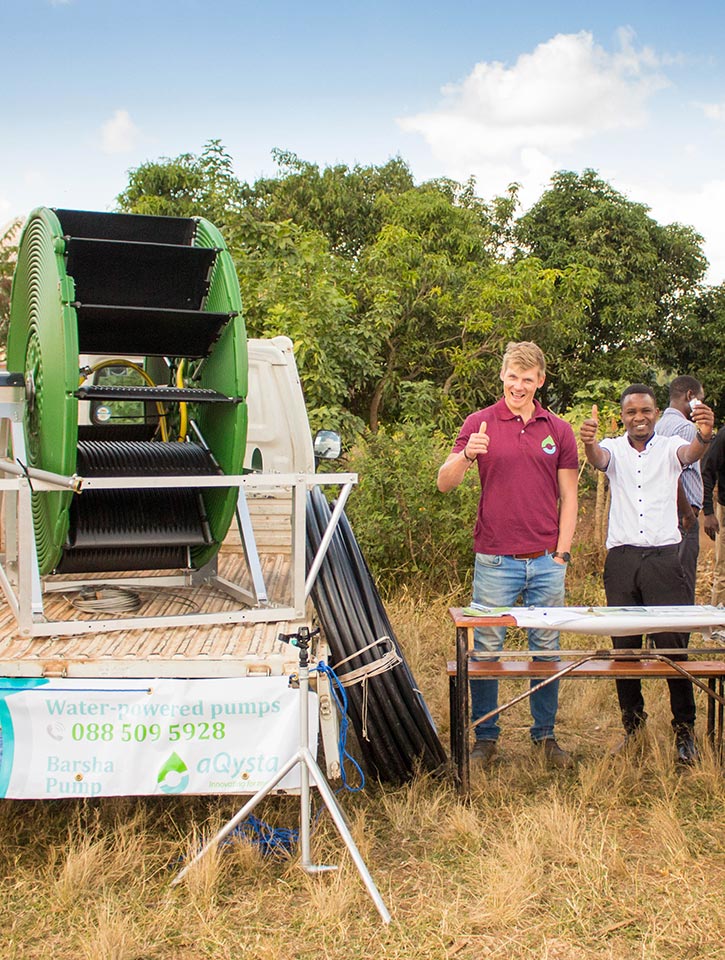Hi!
We are Glenn, Vera, Nuno and Julie, the first group of students from the TU Delft to
travel to the Tapanahony river, which is located in the deep inland of Suriname. Here, we
are doing research into flooding and water quality of the river for our master’s
programme at the faculty of Civil Engineering.
In 2006, heavy rainfall was the cause of extreme flooding of several of the main rivers in
the interior of Suriname. Up to 400 millimeters of rain fell within the span of a mere
week, flooding the houses, agricultural lands, and belongings of the inhabitants. Among
these rivers is the Tapanahony, located in the southeast of the country and connecting
many villages of the Ndyuka who live along its banks.
Since then, these floods have continued to occur, yet the government has not been able
to provide people with any solution other than relocation; either to higher grounds
further away from the river, or all the way to Paramaribo. However, everything happens
in and on the river: transport, bathing, swimming, washing, fishing, and even drinking.
Besides this, the location of their village is very important because the land forms the
connection to their ancestors. Looking for alternatives to tackle this problem, the chief
of the region found us.
With little to no previous research having been done in this region, assembling crucial
data of the region forms the basis of our project: gathering demographics, plotting
historical precipitation and river flow, and mapping out riverine characteristics such as
depth and elevation. For seven weeks, we are staying in the village Diitabiki to carry out
measurements from the boat and with a drone, which will give us an idea of the height
of the villages with respect to the water. Furthermore, we will work together with the
local inhabitants to determine the problems that they experience and form a strategy
together to develop the region to prevent the inhabitants from having to move to the city.
In doing so we aim to lay the foundation for this project, so it can be carried out further
by other students, researchers, and the local community.

